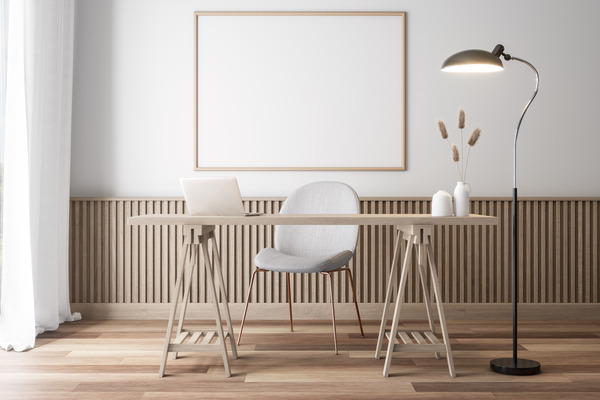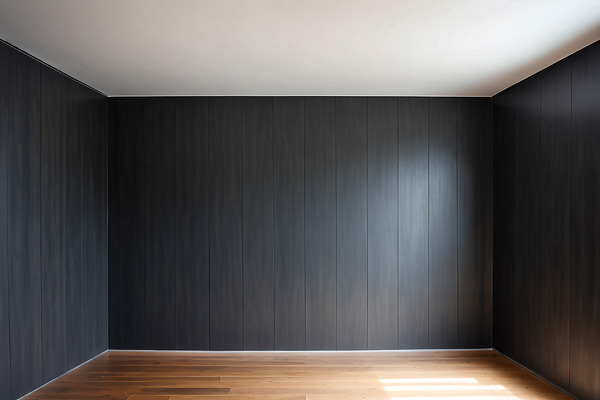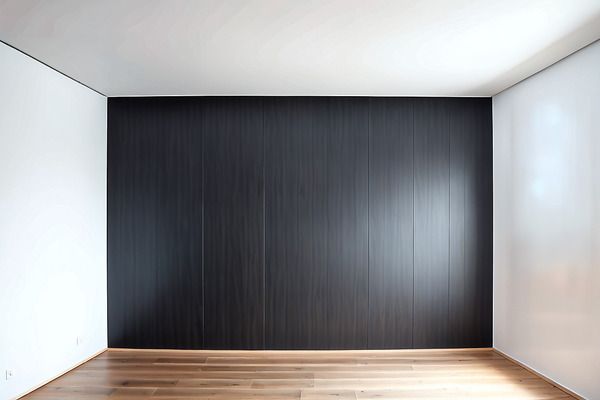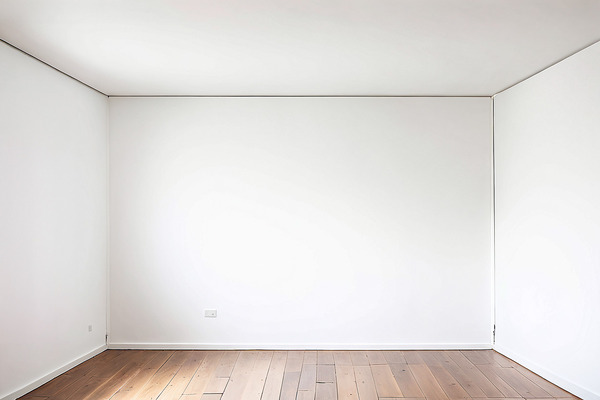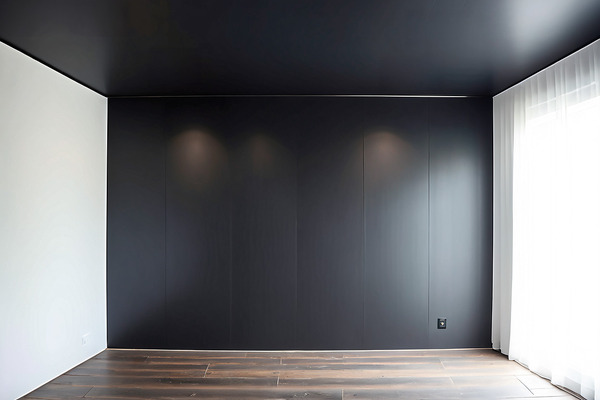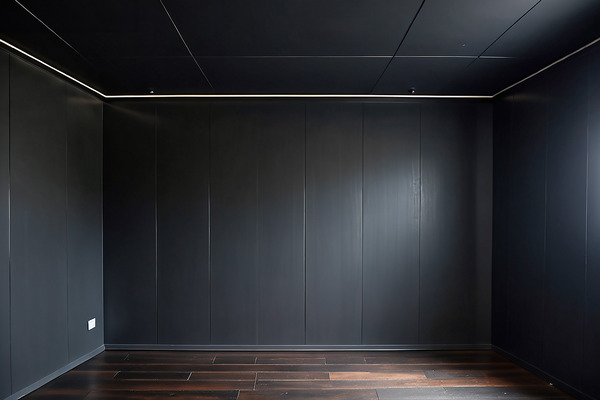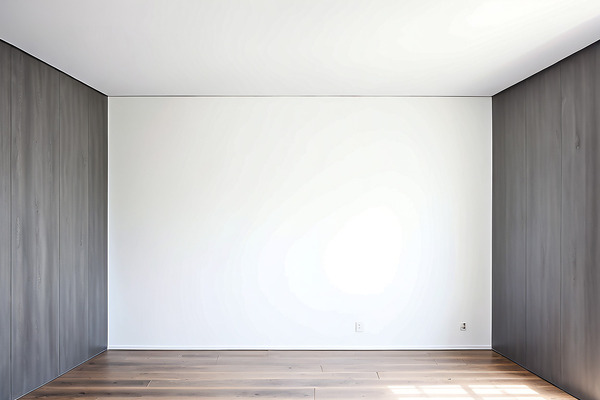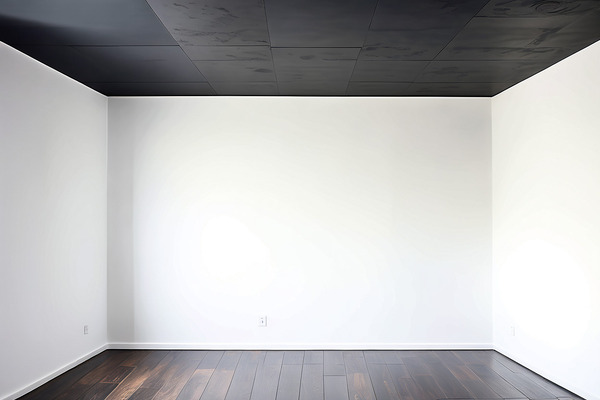Posted by Wall Panels World on 18th Nov 2024
Simple Methods For Making Rooms Look Bigger | Paint | Wall Panelling
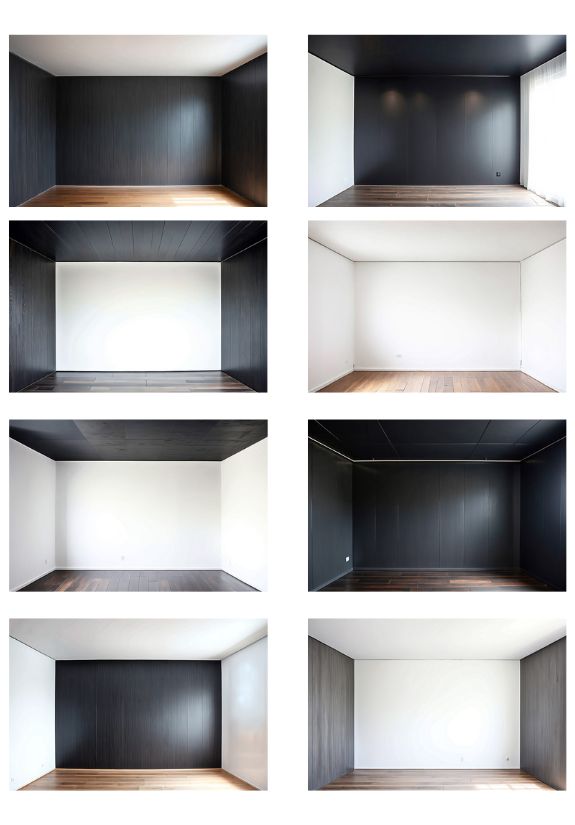
Believe it or not, British living rooms are shrinking! Today's average size of 17.1 m² (square metres) is remarkably close to the modest dimensions of the 1930s (16 m²). This pales in comparison to the spacious living rooms of the 1970s, which averaged a whopping 24.9 m².
As homes shrink every decade, style is growing! How can homeowners maximise their space by leveraging colours, clever decor placement and furniture to make the most of valuable real estate?
Read on to learn exactly how vision beats size by strategically painting walls, using functional paint colours and more!
Making A Room Look Bigger With Paint
You can coordinate the colours of a rooms walls in several ways to achieve a variety of forced perspectives. Detailed below are 8 of the most effective methods for changing how the shape and size of a room appears to a viewer.
Click the image to learn more about the particular method.
Using lighter paint colours, like white, cream or pastel shades generally creates brighter and bigger spaces, whereas darker colours create smaller spaces.
Combining light and dark colours in different ways on the ceiling and walls can manipulate the perspective of a room as displayed above.
Stick with clean lines, simple forms and a neutral colour palette, intricate designs can make a space feel cluttered.
Brainstorm Your Colours With Our Visualiser
Try the above techniques live in our visualiser below
Making Small Rooms Appear Larger
Paint the walls and brainstorm the best ways to make your small rooms appear larger
Click on each wall or the ceiling and select your desired paint colour
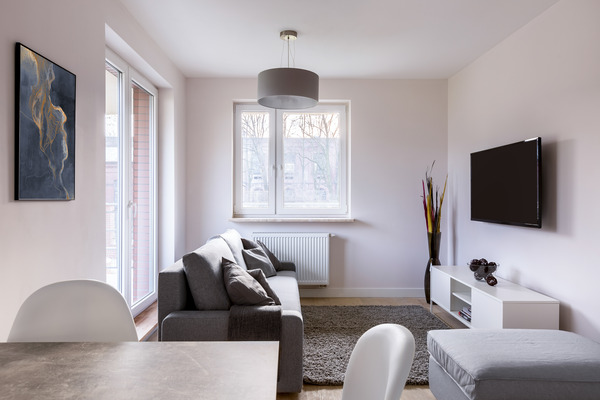
Wall Panelling Instead Of Paint
A more substantial effect can be achieved with wall panels. Rather than flat surface level paints, wall panels can augment a room by giving the walls both colour and dimension. 3D wall panels in particular, recess inwards and outwards to mimic natural materials.
Light coloured 3D wall panels, styled with natural prints and augmentations, are highly effective at creating an open, natural and expansive environment in small interior spaces.
Techniques To Make A Room Feel Larger
Furniture Placement
An underrated technique for making rooms appear larger is to choose furniture with exposed legs, and an overall clean, minimalist design. This will create an airy feel and make the room look more open.
Avoid overcrowding the room with too much furniture, the clutter can contribute to a closed in feel.
When positioning furniture, try to place items diagonally or against the walls in order to create more open floor space in the centre of the room.
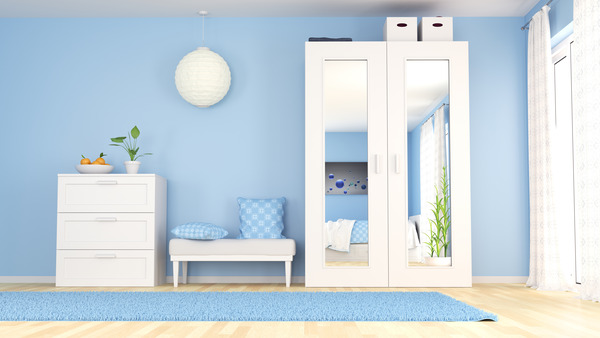
Multifunctional furniture pieces are another great hack, such as ottomans with storage or sofa beds to maximise space utilisation.
Tall furniture pieces like bookcases or floor lamps can also contribute to the sense of vertical space.
Mirrors and Reflective Surfaces
Placing mirrors strategically to reflect light will create lots of depth and the illusion of extra space, as the light bounces around your room and reflects off white glossy walls and furniture, the room becomes brighter and thus bigger.
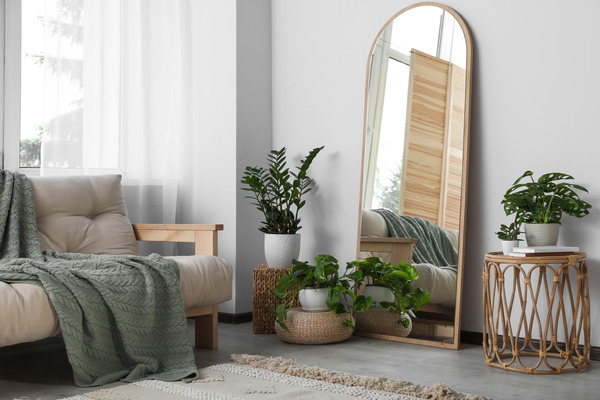
Larger mirrors should be placed opposite windows or natural light sources such as glazed doors, natural light always beats artificial light in creating open and airy spaces. (Keep window treatments minimal and use sheer curtains which allow natural light to filter in).
If you don't want to hang mirrors all over your walls, consider mirrored furniture and accessories, such as mirrored coffee tables or chrome accent wardrobes, and if you're in a small kitchen, try glossy backsplashes (white gloss wall panels are perfect for this.)
Lighting Techniques
Incorporate ample lighting sources, such as floor lamps, table lamps, and overhead lighting, to brighten up the space and create the illusion of more room.
Use recessed or track lighting to highlight specific areas and create a sense of depth.
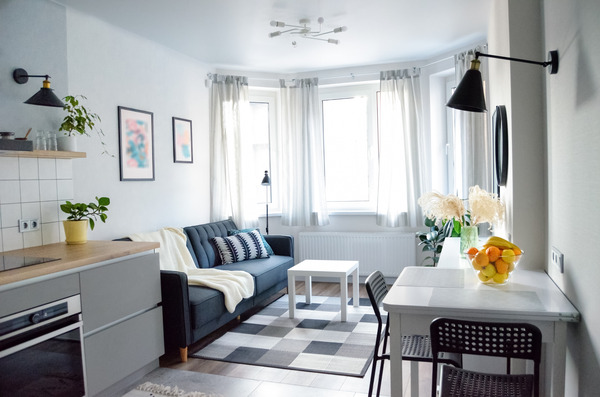
Vertical Accents & High Ceilings
Experiment with vertical stripes painted on your walls, these lines draw the eye upwards, which makes ceilings appear taller.
Another way to achieve vertical stripes is by using slat wall panels.
Floor to ceiling curtains are great for emphasising the height of a room, and the grande aesthetic gives small rooms the personality of big rooms.
